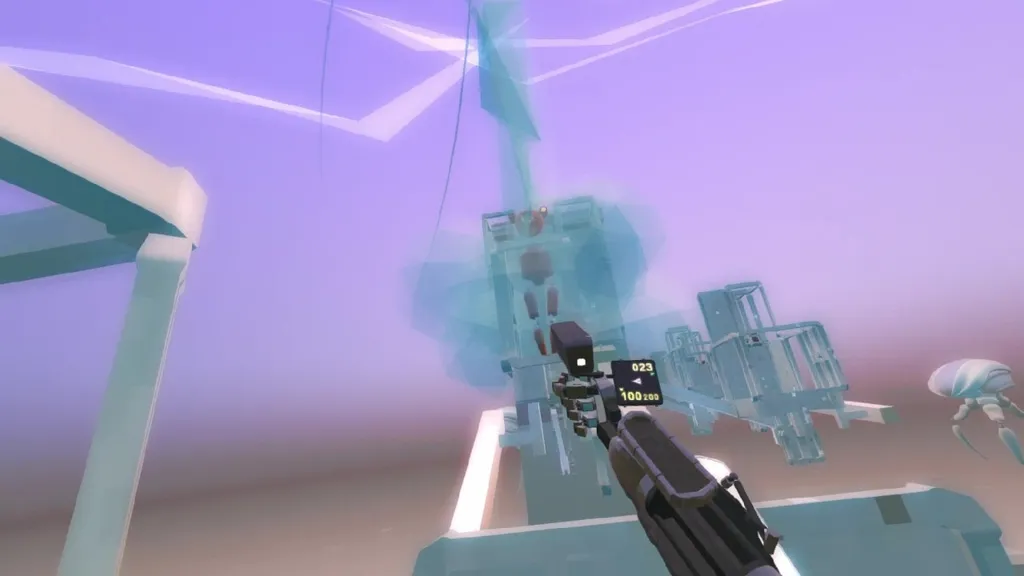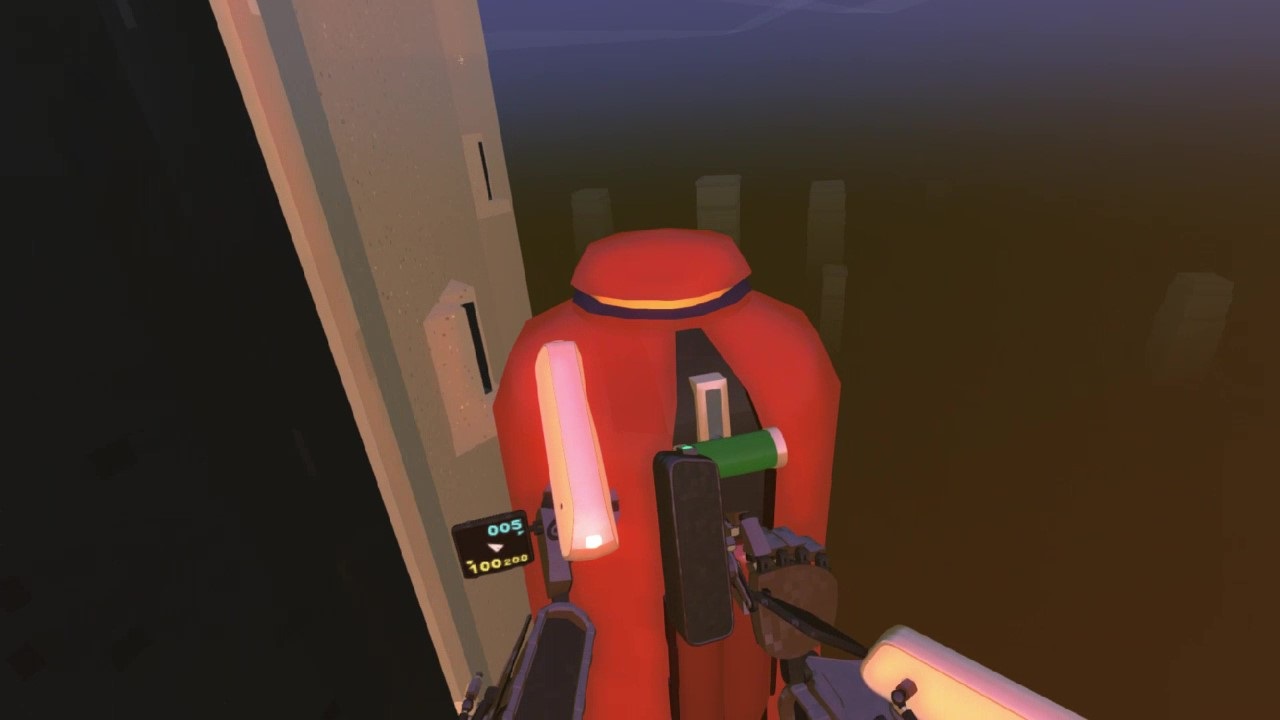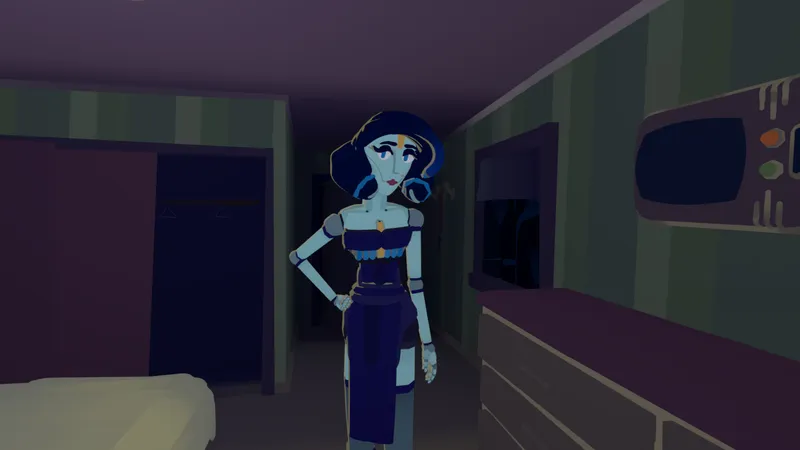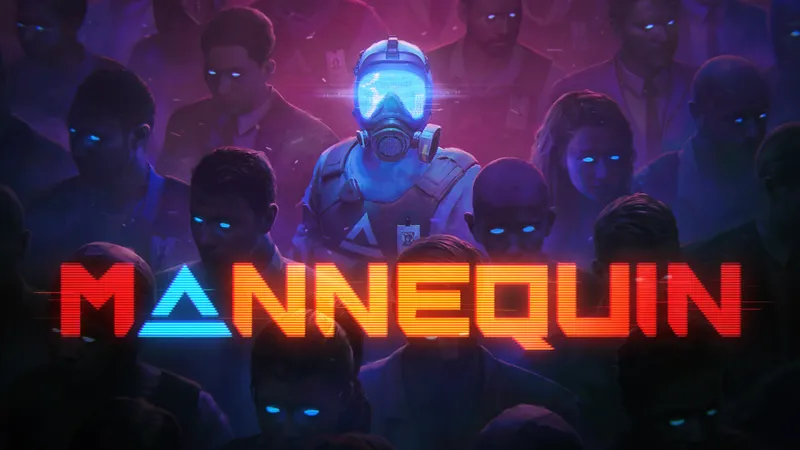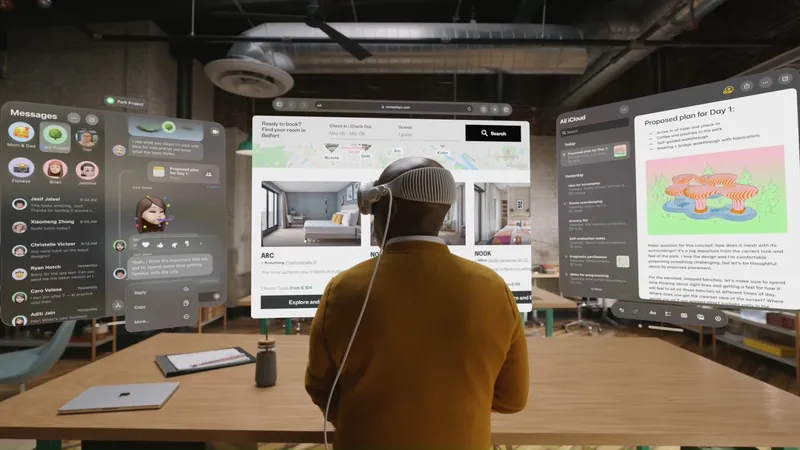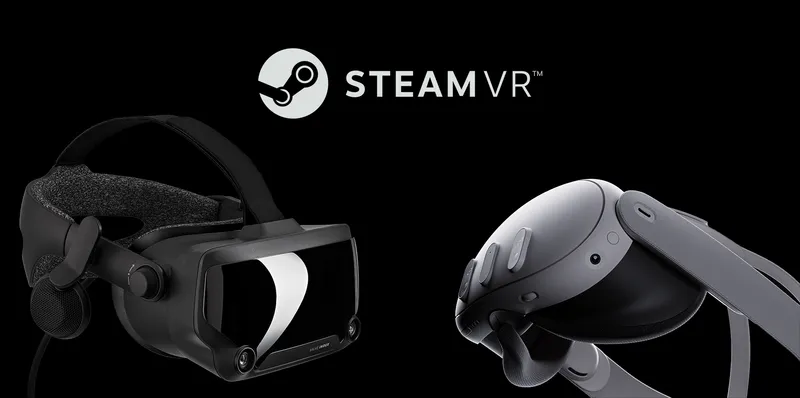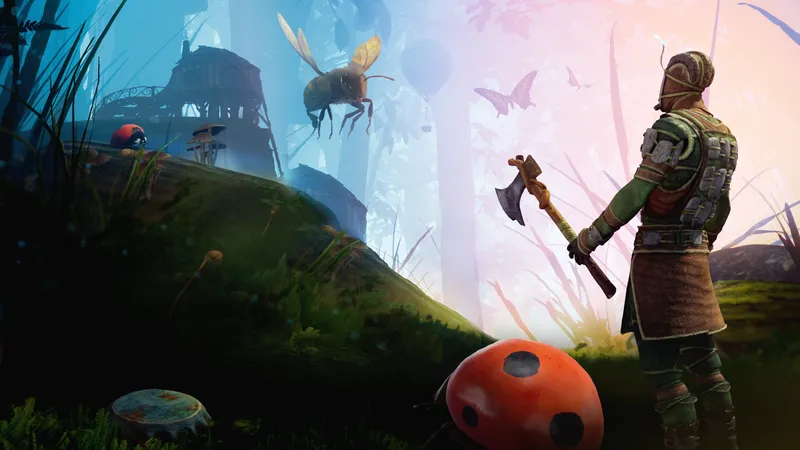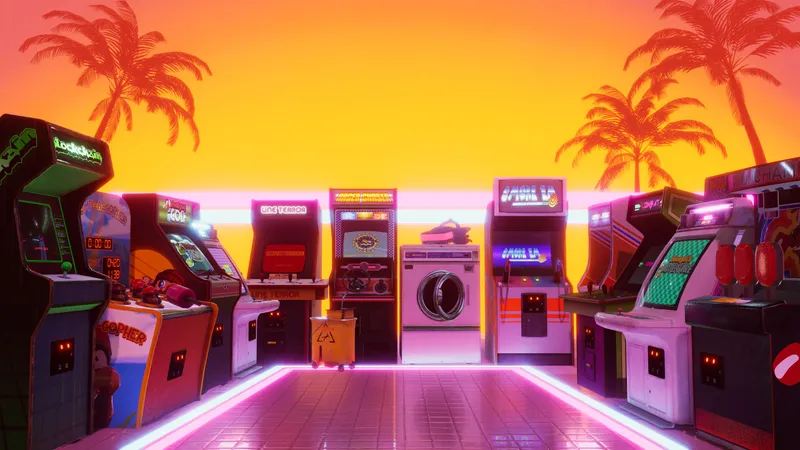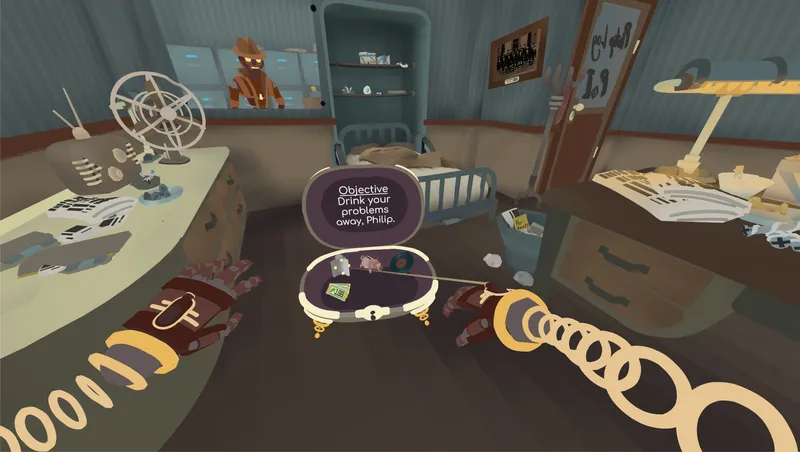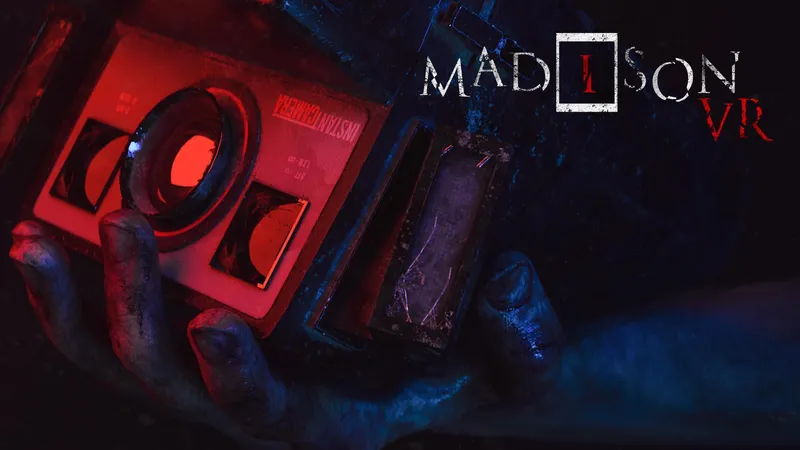No matter how accustomed you can grow to VR, its most thoughtfully designed games never cease to astonish.
Take Tea For God, for example. This rougelite shooter adheres to a seemingly forgotten era of VR where developers tried to make the most of room-scale tracking. True, you can’t trek across the planes of Skyrim from inside a tiny box in your living room, but if you instead work with the tools you’re given, you can achieve something arguably much more powerful.
In this case, that means navigating an ever-changing dungeon. Tea For God is a lot like Unseen Diplomacy; you trek through tiny corridors and square rooms. When you turn around corners and into new spaces the world will change. It’s a little like being led through an unending maze that reorganizes itself at every twist. As such, you wind your way around your play space, physically walking the entire route without ever feeling like you’re retracing your footsteps. It’s quite remarkable to see it in action.
Now, Tea For God has been available as a pre-alpha build on PC VR for a while but, sideloaded onto Quest, it really shines. Pigeon-stepping over chasms and narrow paths, I found myself more aware of my physical presence in VR than I have been in some time. I’d clench my shoulders together in tight squeezes and tuck myself in when I stood in lifts. I indulged in a strange sense of pride for not touching the sides when, in reality, there weren’t any sides to touch.
This lends the action a welcome amount of believability, too. When I’m more in tune with my surroundings, I’m more likely to use them as cover. When I’ve walked for ages and reached a sheer drop, I’m more likely to fear the abyss below. The sensation of physical presence ups the virtual stakes in meaningful ways.
More importantly, Tea For God builds on Unseen Diplomacy’s foundations in some important ways. Later stages in levels shift, putting you in lifts that taxi you from one tiny platform to another, for example. It’s an effective way of feeling like you’re really covering distance in virtual space whilst only taking baby steps in the real world.
The Quest port is forgivably rusty right now given the work in progress status. There’s only a written tutorial in place at the moment and it’s not exactly clear how to interact with some items and objects. But there’s enough going right here to make me hopeful for the future.
Going forward, I’m hoping to see developer Void Room integrates new, more entertaining traversal ideas. Things like laser grids to step over, vents to crawl through and traps to dodge. Pair those sorts of features with rewarding and replayable procedural generation and Tea For God could be one of the most immersive and best shooters on any VR headset.
Right now there’s no word on when a more complete version of Tea For God will arrive. We’re watching this one eagerly, though.

